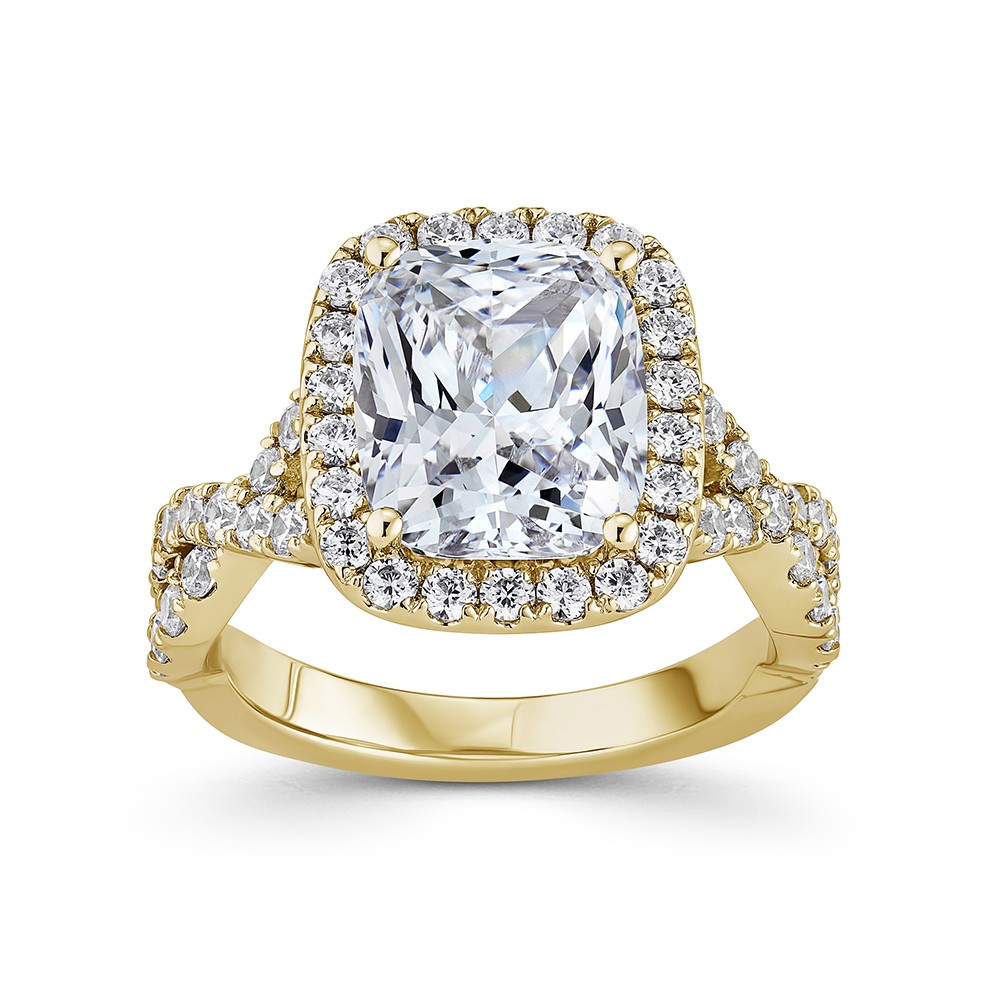In the world of jewelry photography, capturing the intricate details, vibrant colors, and dazzling clarity of precious pieces is crucial. However, even the best photography can sometimes fall short of truly capturing the brilliance of a gemstone or the fine details of intricate designs. This is where jewelry photo editing becomes essential. By enhancing clarity and color, retouching can transform good images into stunning visuals that showcase the true beauty of the jewelry.
Understanding the Importance of Clarity in Jewelry Photos
Clarity in jewelry photography refers to how clearly and sharply the details of a piece are represented. Whether it's the facets of a diamond, the intricate design of a gold pendant, or the fine engraving on a silver ring, every detail matters. High clarity ensures that the jewelry appears as striking as it does in real life, without any blurriness or distractions. Retouching plays a vital role in enhancing this clarity by refining details, eliminating noise, and sharpening key elements.
Techniques for Enhancing Clarity
There are several techniques that professionals use to enhance clarity in jewelry photos:
- Sharpening: This technique involves adjusting the sharpness of the image to make the details more prominent. Tools like Adobe Photoshop offer advanced sharpening filters that allow for precise control.
- Noise Reduction: Sometimes, photos can have unwanted noise, especially when shot in low light conditions. Noise reduction tools help in minimizing this, making the image clearer.
- Focus Stacking: For images where multiple parts of the jewelry need to be in sharp focus, focus stacking combines several images taken at different focal points to create a final image with maximum clarity.
- High-Pass Filter: This is another technique in Photoshop that enhances the details by emphasizing the edges of the image, resulting in a crisper and more defined photo.
The Role of Color in Jewelry Photography
Color is one of the most striking elements of jewelry. The deep blue of a sapphire, the fiery red of a ruby, or the shimmering green of an emerald can captivate viewers and evoke emotions. However, colors can sometimes appear dull or inaccurate in photos due to lighting conditions, camera settings, or other factors. Retouching helps in correcting and enhancing these colors to ensure they are true to life and as vibrant as possible.
Techniques for Enhancing Color
To achieve the perfect color balance in jewelry photos, several jewelry photo retouching techniques can be employed:
- Color Correction: This involves adjusting the overall color balance of the image. By using tools like the Curves or Levels adjustments in Photoshop, you can correct any color casts and bring out the true colors of the jewelry.
- Saturation and Vibrance Adjustments: These adjustments allow you to control the intensity of colors. Increasing saturation can make colors more vivid, while vibrance adjusts the intensity without affecting skin tones or other neutral areas.
- Selective Color Adjustments: Sometimes, only specific colors in an image need enhancement. Selective color adjustments allow you to target particular hues and refine them without affecting the entire image.
- Gradient Mapping: For more creative control over color, gradient mapping can be used. This technique applies a gradient to the image, which can be adjusted to enhance the overall color scheme or create a unique look.
Balancing Clarity and Color
While enhancing clarity and color individually is important, achieving the perfect balance between the two is key to a successful retouch. Over-sharpening an image can result in an unnatural look, while over-saturating colors can make them appear unrealistic. The goal is to enhance the natural beauty of the jewelry without making it look artificial.

Advanced Retouching Techniques for Jewelry
For those looking to take their retouching skills to the next level, there are advanced techniques that can further enhance jewelry photos:
- Frequency Separation: This technique allows you to separate the image into different frequency layers, enabling you to work on fine details and textures separately from the colors and tones. This is particularly useful for refining the surface of the jewelry without affecting its overall color.
- Dodging and Burning: By selectively lightening (dodging) or darkening (burning) certain areas of the image, you can add depth and dimension to the jewelry, making it appear more three-dimensional.
- Background Retouching: Often, the background of a jewelry photo needs to be cleaned up or enhanced. This can involve removing unwanted elements, adding gradients, or creating a seamless white background to make the jewelry stand out.
- Highlight and Reflection Enhancements: Adding or enhancing highlights and reflections can make the jewelry appear more polished and reflective, which is especially important for metals and gemstones.
Common Mistakes in Jewelry Photo Retouching
Even with the best techniques, there are common mistakes that can detract from the quality of retouched jewelry photos:
- Over-Retouching: One of the most common mistakes is overdoing the retouching cloud process. This can lead to images that look too perfect, losing the natural beauty and authenticity of the jewelry.
- Ignoring the Original Image: Always work with a high-quality original image. If the base photo is poorly shot, no amount of retouching can fully correct the issues. Focus on getting the best possible shot first.
- Inconsistent Lighting: Ensure that the lighting in the retouched image remains consistent with the original. Adding unrealistic shadows or highlights can make the jewelry look out of place.
- Neglecting File Format and Resolution: When retouching, always work in high resolution and save the files in the appropriate format to preserve quality, especially if the images are intended for print.
Conclusion: Mastering Jewelry Photo Retouching
Jewelry photo retouching is an art that requires a keen eye for detail and a deep understanding of both clarity and color. By mastering the techniques outlined in this guide, you can enhance your jewelry photos to truly reflect the elegance and beauty of the pieces. Whether you’re a professional photographer or a hobbyist, these retouching skills will elevate your work, making your images stand out in the competitive world of jewelry photography.



